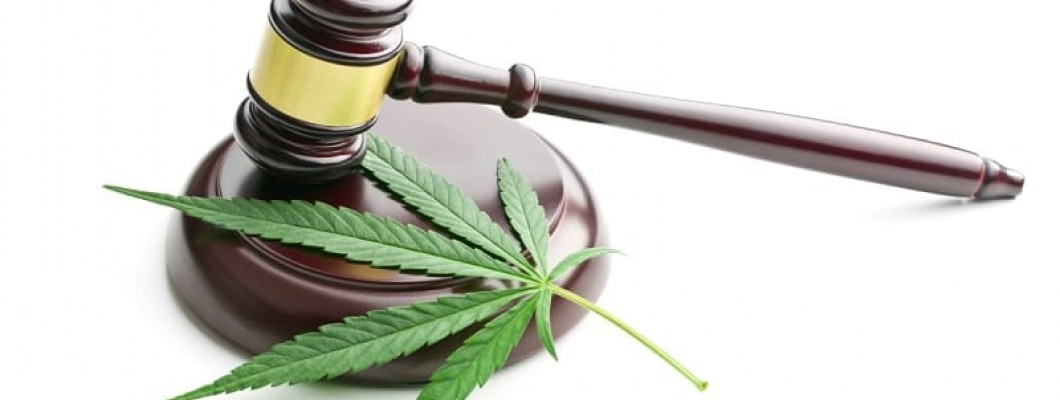
Legalisation of cannabis in key nations made huge headlines.
However, the long-anticipated regulatory changes didn’t quite manifest into the
high many were expecting. The first wave of products to become street legal
were only dried flowers, which you either smoked or cooked into your food. A
lot of the same old habits, just brought out of the shadows.
Fast forward to today, and the industry is finally
outgrowing its roots.The UK’s own market is estimated to be worth £300 million
and is set to triple in growth by 2025. Products have evolved beyond the raw
material and deeper into derivatives such as cannabidiol (CBD). Infused CBD
oils, CBD rubs, CBD lollipops, and CBD sodas now share shelves with vitamin
supplements at your local wellness shop. This phase of innovation has been
called Cannabis 2.0, and has created much of the buzz around CBD.
Thousands of people are getting into, or at least becoming
interested in, cannabis-derived products. And this is fuelling researchers to
further pick apart the cannabis plant. With over 144 known cannabinoids, there
can only be more beneficial compounds to discover. One of these, cannabigerol
(CBG), is already showing promise with its curative and therapeutic properties.
Molecular structure
Cannabigerol acid (CBGA) is a precursor for many popular
cannabinoids, including THC and CBD. Cannabis plants use CBGA to synthesise
these metabolites, meaning it gets depleted as the levels of THC or CBD in a
particular strain go up.
Taken on its own, CBGA cannot interact with our body’s
cannabinoid receptors. However, when heated under specific temperatures, CBGA
can be turned into CBG, a much more bioavailable form of the compound.
Pharmacology
Cannabinoids produce the effects they have on our bodies by
interacting with the endocannabinoid system. This system is responsible for a
multitude of functions, including mood, pain, and appetite regulation.
CBG and CBD affect some of the same receptors, albeit with
different outcomes and intensities. CBG binds directly to CB1 and CB2
receptors. CBD has relatively weaker affinity for them, yet still affect them
indirectly in ways experts aren’t quite sure of yet. Some studies show that CBD
acts as a mitigator against the effects of other cannabinoids. For instance, by
serving as a buffer against the psychoactive effects of THC through dulling CB1
receptors.
Therapeutic benefits
CBD: Non-Intoxicating Calm
CBD has spent much time in the limelight since the discovery
of the first CBD-rich strain in 2009. Touted as the non-psychoactive cousin of
THC, the compound is a major driver of Cannabis 2.0 and the mainstream market’s
acceptance of cannabis-derived products.
In the medical world, CBD’s popularity has prompted many
clinical trials into its therapeutic benefits. Today, the cannabinoid is backed
by a considerable body of research on its effects on a myriad of conditions,
from anxiety to insomnia.
Much of CBD’s therapeutic potential lies in its power as an
agonist, or an inhibitor. Among the cannabinoid’s most notable properties is
its ability to treat types of childhood epilepsy that are resistant to
anti-seizure medication. Another study found that it might be able to help
individuals with anxiety through social situations such as public speaking.
CBG: Curative Effects Without the High
There’s not much conclusive information yet on CBG, as much
of the spotlight–and funding for clinical trials–have gone to THC and CBD.
However, the research that is available shows that the
lesser known cannabinoid might have potential beneficial effects for a myriad
of conditions. CBG has been found to help maintain skin homeostasis,
particularly for soothing inflamed or dry skin.
Cannabis is famous (or infamous depending on your point of
view) for triggering food craving, also known as the munchies. That’s mostly
thanks to THC, which causes an increased appetite when consumed. CBG may have
similar effects, sans the psychoactive sensations that turn many away from THC.
This makes the cannabinoid potentially invaluable for treating individuals with
illnesses that cause reduced appetite.
In the field of ophthalmology, CBG has shown promise as an
alternative treatment for glaucoma. The condition, where fluid build up causes
damage to the optic nerves, affects about half a million people in the UK. Both
CBG and THC have been found to significantly reduce intraocular pressure.
However, only CBG does so without disrupting sleep.
What’s Next for CBG and CBD?
Current cultivars contain a minimal amount of CBG, chiefly
because we haven’t been breeding for the compound. To make it as viable for mass
production as CBD, breeders will need to produce strains that can consistently
yield the cannabinoid at a higher rate. And that will take time. “It takes many
years to develop these lines in a way that creates a uniform crop at any
scale,” says Seth Crawford, co-founder of Oregon CBD. The San Francisco-based
company is one of the first in the US working to get stable CBG-dominant
seedlings out to market.
But CBG proponents have momentum–and science–on their side.
CBG’s potential for medical uses makes the cannabinoid a strong contender going
into Cannabis 3.0 and 4.0, where experts predict the industry will grow beyond
recreational and novel use and start creating products that stand to be viable
alternatives for over-the-counter medicine. “I think 4.0 is when you move to
that curative state, 3.0 is when you move to help grandma and grandpa or me
sleep better,” says Bruce Linton, former CEO of Canopy Growth.
In comparison, the CBD industry is well and truly in full
bloom. By 2025, experts predict global market revenue will reach £16.9 billion.
The space is already becoming saturated with brands who want to grab a slice of
the pie for themselves. The next step for the businesses is improving the
product, and convincing skeptical yet curious consumers that CBD is more than
just the wellness industry’s latest flash in the pan.
